Horton House Ruins
For many years I had heard about some ruins of a house in Jekyll Island, Georgia. While I do love to photograph many things, historical sites always draw me in. I want to know about the people who lived there, how long has the house been standing, and how was it built for it to survive so long. Last year in July, I finally got to see the Horton House for myself.
Let’s go back in time 285 years to the year of 1735. William Horton was granted Jekyll Island by the trustees of the colony of Georgia. He built a wooden house on the island, but it was destroyed in an attack. He decided that he would rebuild a second house to replace the one that was destroyed. The second house was a two story, four room house built in 1743. It was built with tabby, and it was built to last and to stand the test of time.
William Horton was a top military aide to General James Oglethorpe. He was in charge of the troops that were stationed at Fort Frederica on St. Simons Island. Since the soil at Jekyll Island was “exceedingly rich,” crops were raised on the land to help supply the troops at Fort Frederica. Mr. Horton brewed the first beer that came out of the state of Georgia on his land since he also grew hops and barley. He eventually built a warehouse to hold the beer. The remains of the warehouse and the brewery can still be viewed today, but unfortunately I did not get pictures of either of them while I visited. The warehouse remains are across from the house, but the brewery remains are slightly up the road, and most of them have already fallen into DuBignon Creek.
William Horton died in 1749. The two story house that he had built to live in with his wife, Rebecca, and their two children would get another chance at life when the DuBignon family purchased Jekyll Island in 1790. They lived in the house from 1790 until sometime in the mid-1800’s. The DuBignon family owned Jekyll Island from 1790 until 1886 when they sold it to the millionaires at the Jekyll Island Club. Once that sale happened, the house was finally abandoned for good. The DuBignon family cemetery is located near the house as well, which I did not photograph on the day I was there either.
On September 28, 1971 the Horton House was finally listed on the National Register of Historic Places. The National Park Service gave a Save America’s Treasures grant so preservation work could be done on the house. An Excellence in Preservation award was given by the Georgia Trust for Historic Preservation for the work done on the house. I have to say they have done an outstanding job.
I was really surprised at how small the house actually was once I walked through where the door was. From the outside the house appears somewhat large, but it is the opposite once you get inside the walls. The house only had four rooms in total, and two of those rooms were upstairs bedrooms. There were two chimneys built on the house, and originally a balcony had been on it as well. They were certainly prepared for the winter and the summer by the way the house had been built. Even though the floors and the roof are gone, you can still imagine how the house would have looked in its day.
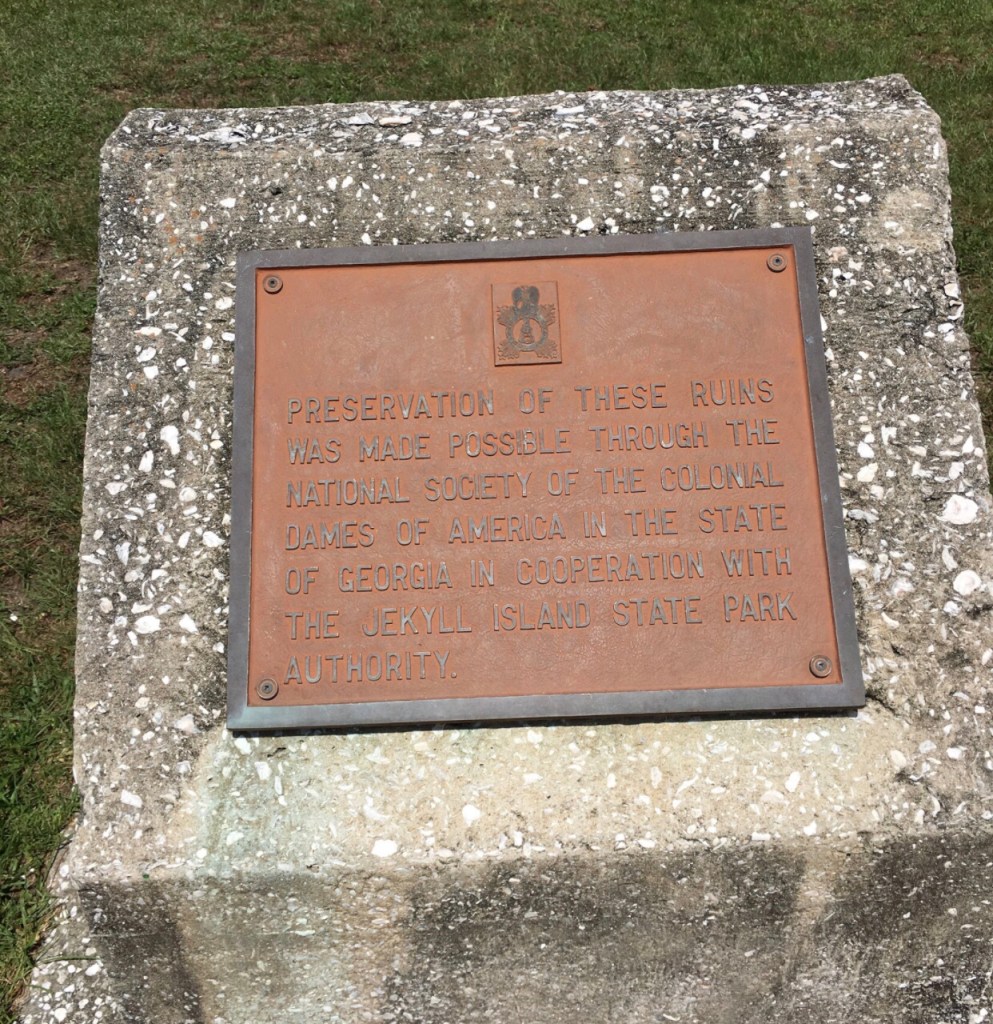

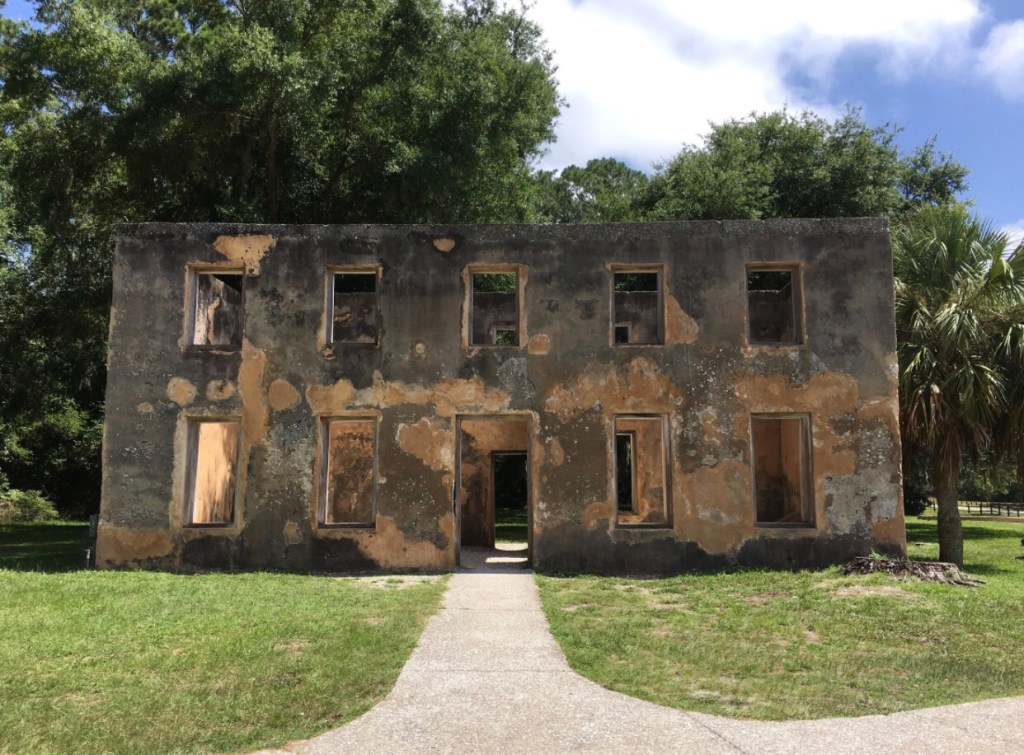

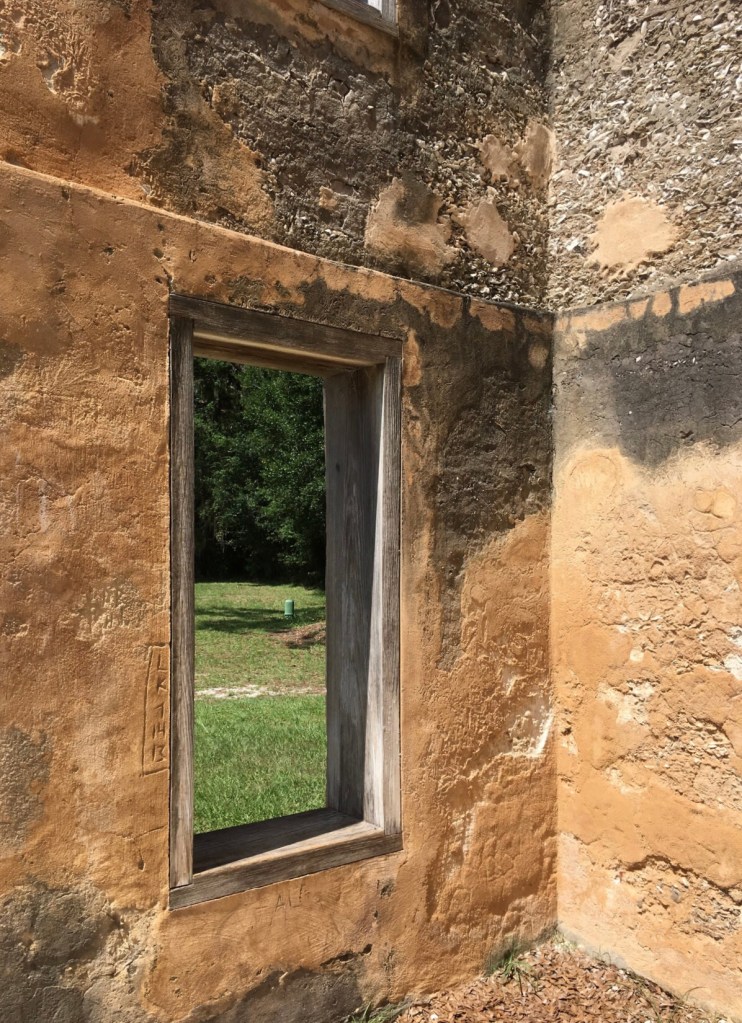



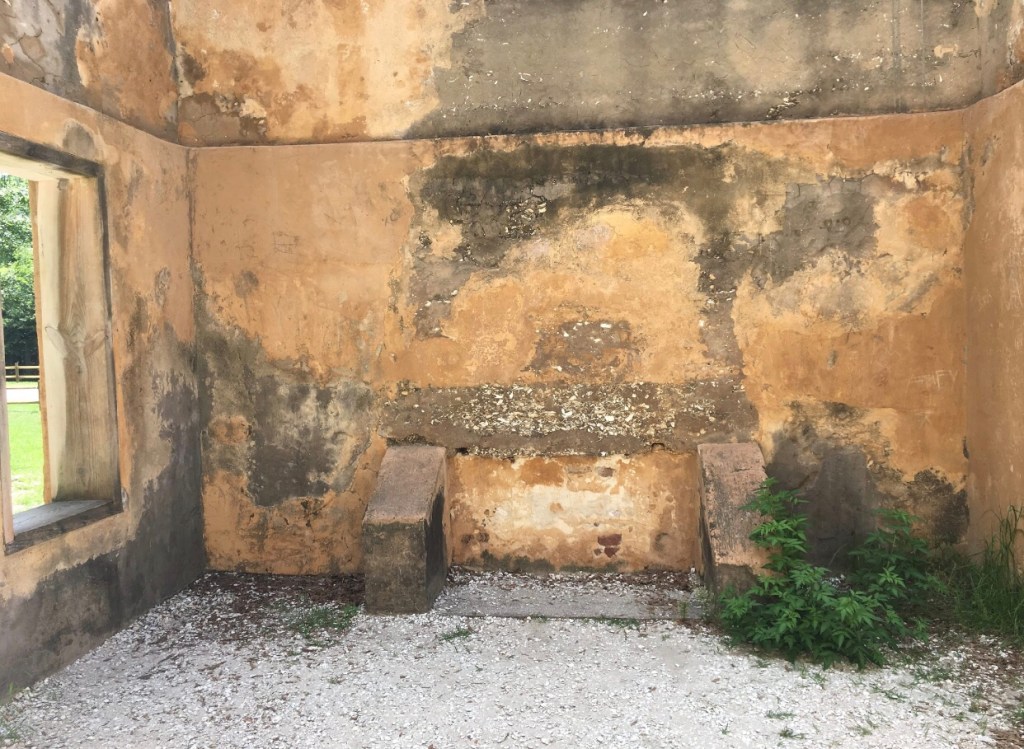



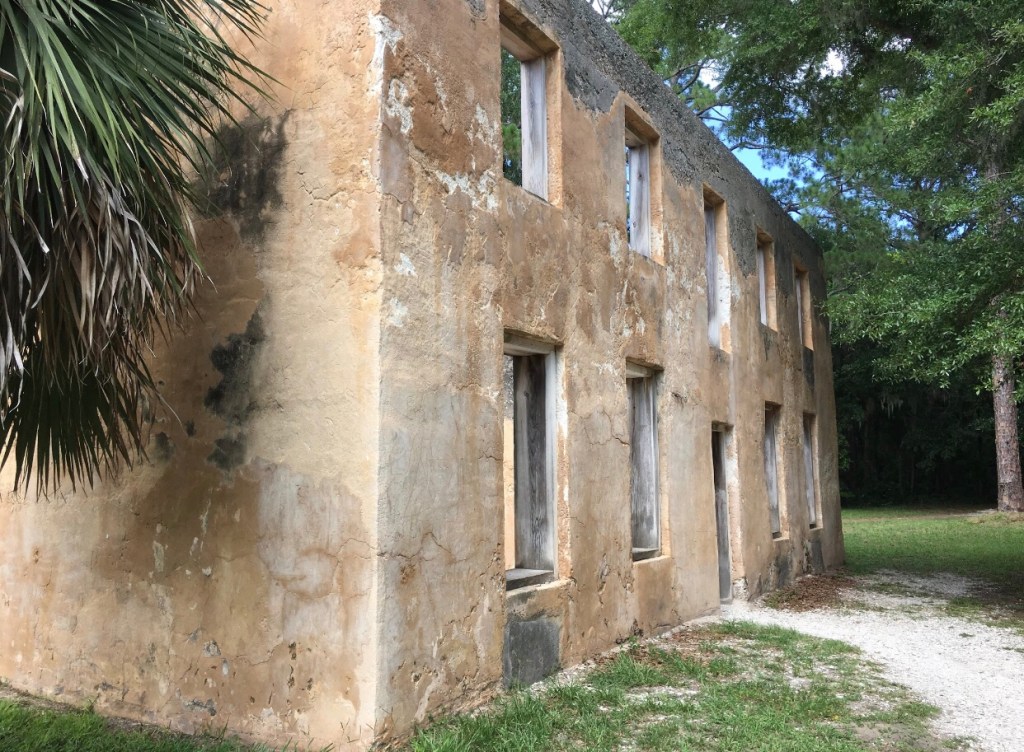
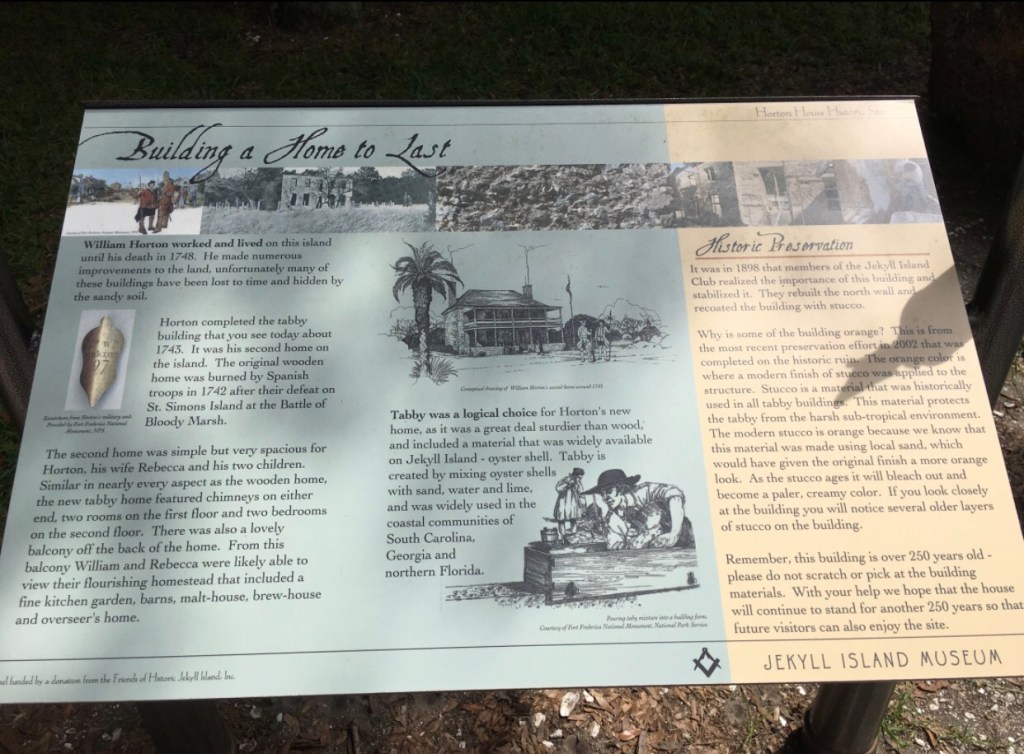


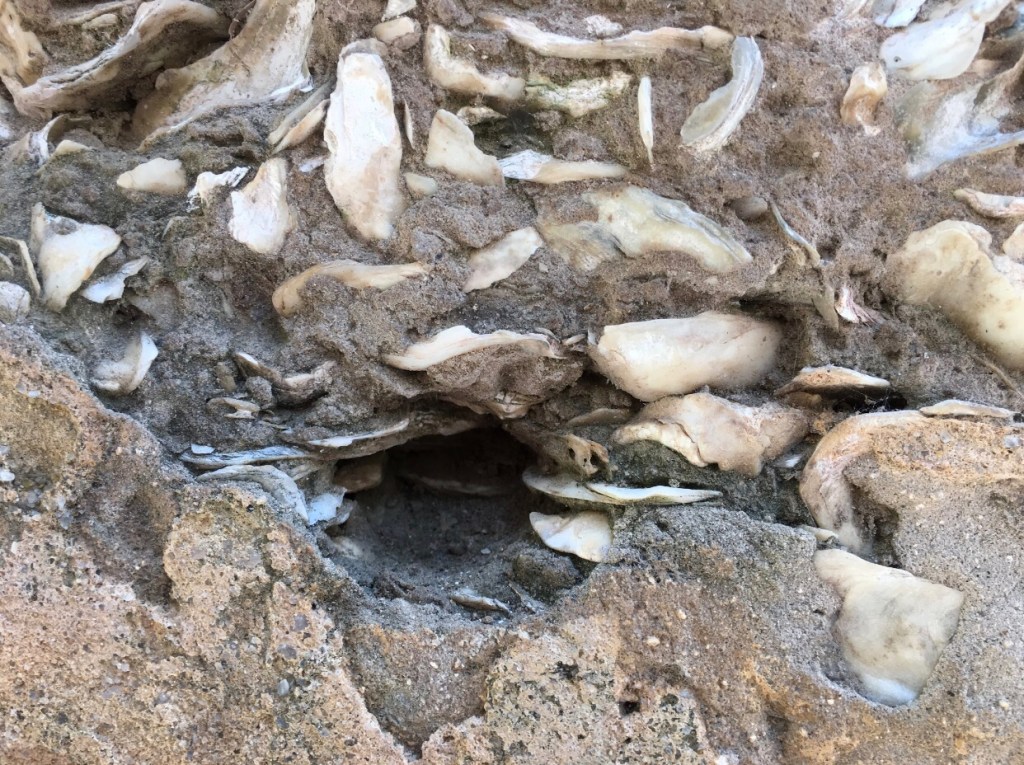
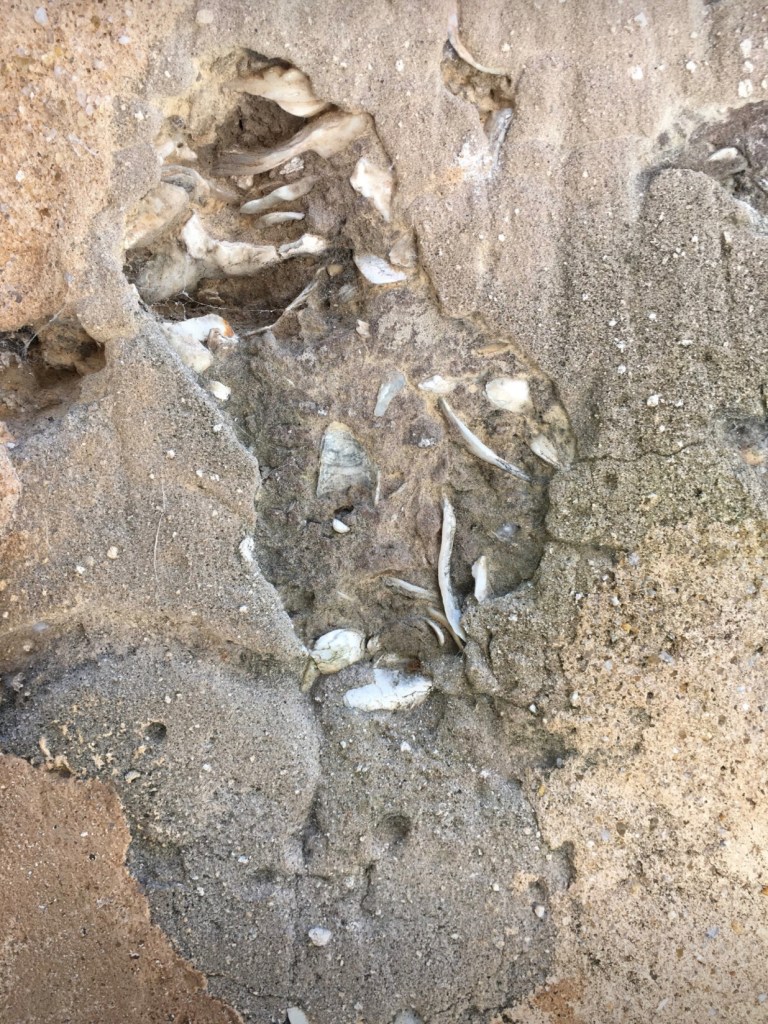
The Horton House Ruins are located at 375 North Riverview Drive in Jekyll Island, Georgia. While touring the ruins and the grounds are completely free, you do have to pay a toll to access Jekyll Island. It was $8 to get on the island in 2019. I personally didn’t mind paying that amount because the island has a lot to offer. Beautiful beaches, beautiful houses, and a pretty laid back kind of vibe were all included for that small price to pay to see something so spectacular. It is definitely a place that I would love to revisit once again. I wouldn’t mind staying a few days the next time I visit.